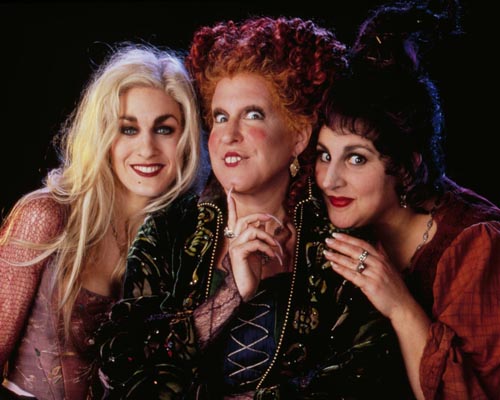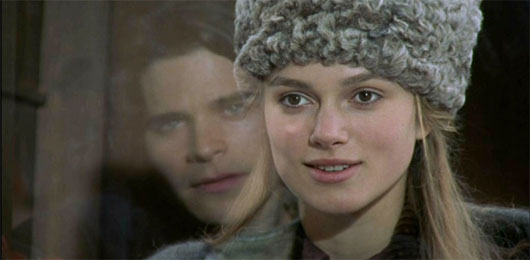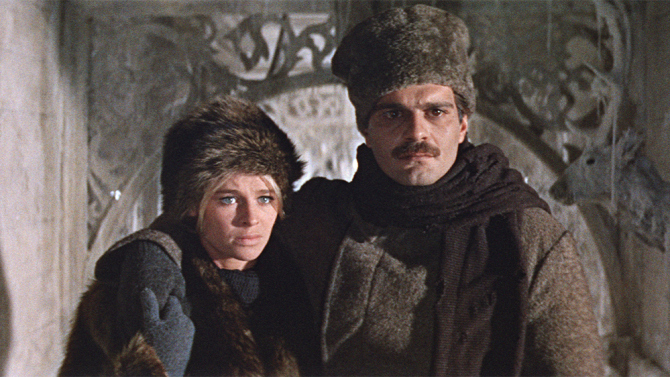Halloween is the one day out of each year in which the
rules of polite society cease to apply. It is a day in which clothes are meant
to be outrageous, balanced meals are exchanged for sugary gluttony, and a good
scare at a friend’s expense is not only accepted but expected. In short, it is
a holiday that is tailor-made for children. This week I’ll be celebrating the
cinematic thrills and chills that made so many children wonder what might be
lurking under the bed and what it is that goes bump in the night.
 |
| You say 'witch' like its a bad thing... |
Hocus
Pocus: This 1993 comedy drama successfully blends
the best of the supernatural and the whimsical to create a film that is at once
a horror spoof, an apt warning, and a paranormal thrill ride. The film focuses
upon the efforts of a modern teen, his sultry classmate, and his quirky younger
sister to stop a trio of seventeenth century witches from wreaking havoc upon
the city that condemned them to hanging centuries earlier. The film takes a
classic Halloween premise of ancient evil returning to haunt the present and
successfully adapts it with a gen-x attitude. It is through its distinctly
1990’s setting that the film adds a comic dimension with its three witches, the
Sanderson sisters, embarking upon a hilariously inept journey to adapt to life
in 1990’s Massachusetts as its hero, Max, simultaneously engages in his own
fish out of water antics as he struggles to fit in at his new school. Through
its two comic subplots the film offers biting social commentary for teen and adult
viewers as it highlights the absurdities of both modern life and the adolescent
experience in ways that continue to resonate even if it’s, “tubular” slang and feels
as outdated as the Sanderson sisters’ fashion choices. Despite the shenanigans that populate the
characters’ adventures, the film’s premise is a surprisingly dark one for a
children’s film, even by Halloween standards, as its central struggle serves as
an apt allegory for the threat of child abduction. The film immediately
launches into its central metaphor by beginning with the witches luring and
abducting a young girl who they proceed to, “drain the life from” as part of a
spell to preserve their own youth. While the scene avoids any graphic violence,
it is all too obvious that the girl was a victim of both kidnapping and murder.
The film continues with its emphasis upon ‘stranger danger’ as it shows Max
complaining when he is charged with chaperoning his little sister during
trick-or-treating, only for him to later realize just how frighteningly real
the dangers his parents warned them both about really are. The special effects
are by turns comically grotesque and visually dazzling, ensuring that viewers
will remain engaged in the fantastic plot without leaving younger viewers too
scared. The acting is uniformly excellent with a young Thora Birch particularly
standing out as Max’s precocious younger sister, Danny and Sean Murray bringing
depth and pathos to the otherwise outlandish plot as the guilt wracked Thackery
Binx, and Omri Katz imbuing Max with the equal parts charm and restlessness
that make him an entirely relatable protagonist. Bette Midler, Sarah Jessica
Parker, and Kathy Najimy nearly steal the film in their by turns comical and
chilling performances that make the Sanderson sisters villains that viewers
love to watch as much as they love to hate. It just isn’t Halloween without a
little Hocus Pocus.
 |
| Christina Ricci ain't afraid of no ghost! |
Casper:
Like
Hocus Pocus, Casper focuses upon a
teen grappling with adolescence, but unlike its counterpart includes the
fascinating twist that the ghosts are in many ways more human than their mortal
counterparts. The film follows the adventures of friendly ghost Casper as he
befriends a lonely girl struggling with moving to a new town following the death
of her mother. Kat arrives at the eerie Whipstaff Manor after her professional
ghost hunter father is hired to ferret out the spirits residing there by the
greedy heiress who inherited the house. Father and daughter quickly learn that
there’s more truth to the rumors of paranormal activity than they expected when
they realize that they are sharing the house with an entire family of ghosts
made up of Casper and his three ghastly uncles known as the ‘ghostly trio’. Although
initially frightened by his uncles’ antics, Kat quickly befriends the welcoming
Casper whom she learns is the ghost of a boy her own age who is struggling to
recapture his lost memories of his mortal life. Over the course of the film the
unlikely pair learn crucial lessons from one another as the deceased Casper
inspires the grieving Kat to embrace life, and she in turn helps him to come to
terms with his past and prepare to move forward to the afterlife. It is these universal
lessons that sets the film apart from typical Halloween fare aimed at either
children or adults. The performances are uniformly engaging with the ghostly
trio (Joe Nipoty, Joe Alaskey, and Brad Garrett ) lending plenty of comic
diversion while Christina Ricci and Bill Pullman keep the film firmly grounded
despite its fantastic plot, and Malchi Pearson provides the film with its
emotional core as Casper. The effects are more designed for entertainment than
traditional fear with the ghosts more closely resembling living cartoons than
actual spirits and their adventures containing more comic gags than chills, but
it is this very same light-handed approach that ensures the film will draw
younger viewers into Casper’s world without scaring them off. Comedy,
supernatural adventure, and coming of age story, all of these elements come together
to make a film that is truly friendly to the whole family in Casper.
 |
| No stranger than believing that Charlie Brown might actually kick that football |
It’s
the Great Pumpkin, Charlie Brown: No holiday film list
would be complete without an entry from the Peanuts gang, and It’s the Great Pumpkin Charlie Brown is
one of the best of the franchise. In the tradition of the best of Peanuts, the
film remains engaging for children across generations, even while it remains
permeated with a dry wit and mature sensibility that viewers will gain an even
deeper appreciation for as they grow older. The film focuses upon Linus and
Charlie Brown each pursuing what they anticipate to be the greatest Halloween
of their young lives. Like so many of us, however the pair each face their fair
share of disappointments as Charlie Brown goes trick-or treating, only to be
given rocks at not just one but every house that he stops at, and Linus spends
his night waiting in vain for a visit from ‘the great pumpkin’ (a Halloween
twist on Santa in which a magical giant pumpkin appears in pumpkin patches to
visit children who truly believe in it). While this melancholy tale familiar to
the franchise could have easily lent the film a jaded edge, the story instead takes
an uplifting turn as both Charlie Brown and Linus remain hopeful that they will
have a better Halloween next year if they persevere. The film’s climax in which
Linus vows that he will see the great pumpkin next year by becoming even more
dedicated and believing even harder is a testament to the power of faith and
the resilience of youth that becomes more inspirational as viewers reach
adulthood. The film includes the original writing and directing team of Charles
Schultz and Bill Melendez and features all of the original voice actors making
it a true Peanuts classic. The film is also notable for its introduction of
Snoopy’s first fantasy sequence as he dons his WWI flying ace costume and
assumes his alter ego for the first time. Whether its kicking that elusive ball
or waiting for the great pumpkin It’s the Great
Pumpkin, Charlie Brown reminds us all of the fundamental importance of
believing in our dreams regardless of how impossible they might seem and
remains a symbol of the magic and mischief of Halloween.




_02.jpg)

